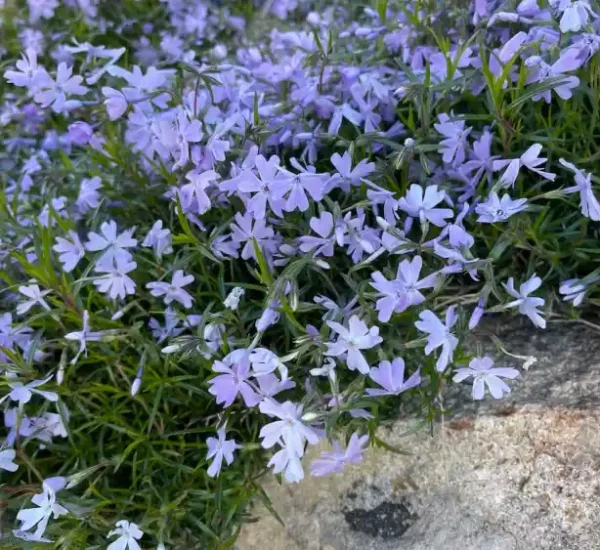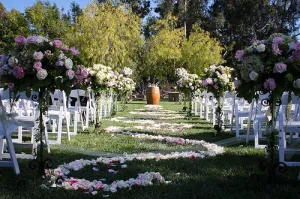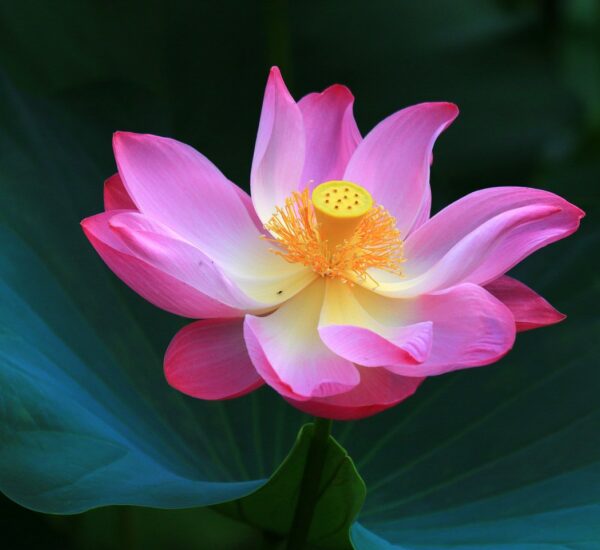Introduction
Poinsettias, scientifically known as Euphorbia pulcherrima, are iconic and popular holiday plants, admired for their vibrant red bracts and green foliage. These colorful shrubs can brighten up your home during the festive season and beyond. In this expert guide, we will explore the best practices for caring for Poinsettia plants, with insights from horticultural experts, government agencies, and academic sources.
Poinsettia Overview
Poinsettias are known for their striking red and green foliage, making them a beloved symbol of the holiday season.
Selecting Healthy Poinsettias
To ensure a thriving Poinsettia, choose healthy plants when making your purchase. Look for plants with dense foliage and no signs of wilting or yellowing leaves. Horticultural experts at local nurseries or garden centers can provide guidance on selecting the best Poinsettias.
Indoor Care
Light
Place your Poinsettia in a location where it can receive bright, indirect sunlight for at least six hours a day. Avoid direct sunlight, as it can be too intense and cause damage.
Temperature
Maintain a consistent indoor temperature between 65-75°F (18-24°C). Protect Poinsettias from drafts and sudden temperature fluctuations.
Watering
Water Poinsettias thoroughly but allow the soil to dry slightly before watering again. Be cautious not to let the plant sit in standing water, as this can lead to root rot.
Outdoor Care (After the Holidays)
Pruning
In late winter or early spring, prune your Poinsettia by cutting it back to around 6-8 inches from the soil. This encourages new growth.
Transplanting
Repot your Poinsettia into a larger container if it has outgrown its current pot. Use a well-draining potting mix.
Outdoor Location
After the danger of frost has passed, you can place your Poinsettia outdoors in a partially shaded area. Ensure it receives indirect sunlight and protect it from strong winds.
Fertilization
Use a balanced, all-purpose fertilizer every 4-6 weeks during the growing season (spring to early fall). Avoid fertilizing during the winter.
Pest and Disease Management
Poinsettias are relatively pest and disease resistant. However, monitor for common issues such as whiteflies, aphids, or powdery mildew. Employ integrated pest management (IPM) techniques and consult local resources and experts for guidance on Poinsettia pest and disease management.
Resource
Integrated Pest Management (IPM) Guide (No follow tag applied)
Conclusion
With proper care, Poinsettias can be enjoyed well beyond the holiday season. By following the advice of horticultural experts, government agencies, and academic sources, you can ensure that your Poinsettia plants remain healthy, vibrant, and a beautiful addition to your indoor and outdoor spaces.
What are Poinsettia plants, and why are they associated with the holiday season?
Poinsettias are iconic holiday plants known for their vibrant red bracts. Why are they traditionally linked to the holiday season?
How can I select a healthy Poinsettia plant when purchasing one?
What should I look for to ensure I choose a healthy Poinsettia with dense foliage and no signs of wilting or damage?
Where should I place my Poinsettia indoors for optimal growth?
What is the best location for my Poinsettia to receive the right amount of light and temperature indoors?
What is the ideal indoor temperature range for Poinsettia plants?
What temperature range should I maintain to keep my Poinsettia healthy and thriving indoors?
How often should I water my Poinsettia, and what are the watering guidelines?
What is the recommended watering schedule and best practices to prevent overwatering or underwatering?
Can I move my Poinsettia outdoors after the holiday season, and how should I do it?
Is it possible to transition my Poinsettia outdoors, and what precautions should I take when moving it?
When and how should I prune my Poinsettia after the holidays?
What is the best time and technique for pruning Poinsettia plants to encourage new growth?
Should I fertilize my Poinsettia, and if so, when and with what type of fertilizer?
Is fertilization necessary for Poinsettias, and if yes, when and what kind of fertilizer should be used?
Are Poinsettias prone to pests and diseases, and how can I manage these issues?
What are the common pests and diseases that may affect Poinsettia plants, and what strategies can I employ to prevent or treat them?
Can I keep my Poinsettia thriving for future holiday seasons, and if so, what care is required?
Is it possible to maintain and enjoy Poinsettias for multiple holiday seasons, and what care practices should be followed to achieve this?
- Tennessee’s THC Beverage Market - June 5, 2025
- Top THC Infused Seltzers in Delaware - June 5, 2025
- Florida’s Hottest THC Infused Beverages - May 28, 2025




